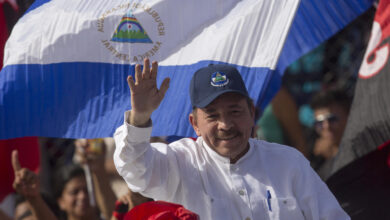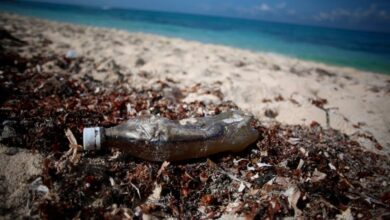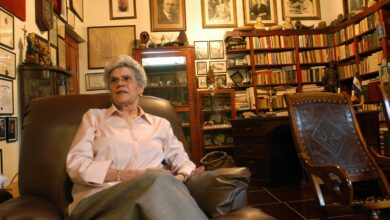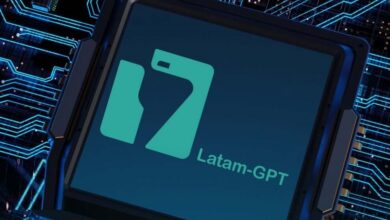Daniel Ortega, the Great Dictator of Nicaragua Increasingly Powerful
Sandinismo is screwed into power in Nicaragua thanks to its leader, Daniel Ortega. The dictatorship has no limits and no shame, and now the country is a de facto single-party regime.

Photo: Ecuador Foreign Ministry
LatinAmerican Post | Santiago Gómez Hernández
Listen to this article
Leer en español: Daniel Ortega, el gran dictador de Nicaragua cada vez más poderoso
Last Monday, Sandinismo gave its last blow to Nicaraguan democracy, increasingly insignificant and ephemeral. The government party of President Daniel Ortega, the Sandinista National Liberation Front, was awarded all the 153 mayoralties in the country. In this way, the ruling party not only dominates all national power, but also local power, turning Nicaragua into a de facto single-party system.
Although, officially the victory of the FSLN party was through elections. However, these have been criticized and not recognized by the international community, since once again the political persecution resulted in a vote with high citizen disinterest and abstentionism, and without political rivals that could challenge the ruling party.
With an abstention rate of more than 82% (similar to the 2021 presidential elections), Sandinismo defeated the allied parties to simulate competition. Now, power in the municipalities of El Almendro, San Pedro de Lóvago, Camoapa, María de Pantasma, Murra, among others, which had always been strongholds of the opposition, has passed into the hands of the ruling party.
In this way, today, Daniel Ortega becomes the greatest dictator in Latin America. A president who has been diminishing the rights of citizens and the opposition, something that even the Cuban regime has been yielding.
How to Create a Dictatorship “Democratically”?
Ortega and the FSLN managed to completely destroy Nicaraguan democracy from within. Normally, the world has been used to seeing democracies fall by a coup or an invading force, but what has been happening in Nicaragua for several years is the destruction of a democratic regime from within.
The Nicaraguan president came to power for the first time in 1985 and ruled until 1990. After his first election as president, he was praised by various international mechanisms for various progressive policies, such as the abortion law (which he would later give in to as a compromise measure with opposition) and literacy programs.
You may also be interested in:Infographic: The 100 Days of Gustavo Petro. Achievements, Figures and Challenges
However, Ortega lost the 1990 elections, leaving power to Violeta Chamorro, of the National Opposition Union. It was difficult for Ortega to return to power after losing in 1996 against Arnoldo Alemán, of the Liberal Alliance; and Enrique Bolaños, also from the PLC in 2001. In his fifth candidacy, the former president comes to power and has not wanted to leave it. He has participated in 4 re-elections and has always achieved victory, although each one of them increases in accusations of fraud and persecution of opponents.
Today Ortega has blown up all the branches of power, with the control of the executive, legislative, judicial, Armed Forces and control mechanisms, he has established a de facto single party system. Today, the Central American country is more like Cuba or China than leftist democracies. It is, without a doubt, the path that Nicolás Maduro has shown signs of following, who recently ordered the closure of 79 stations.
Today Ortega maintains a political persecution of opposition leaders, the independent press and even the Catholic Church, which has been one of the institutions most critical of Sandinismo.




